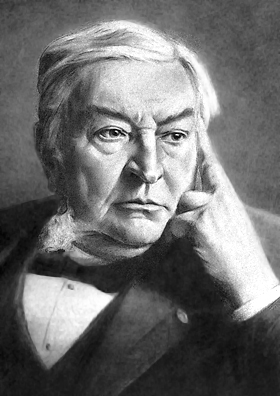Auguste Beernaert facts for kids
Quick facts for kids
Auguste Beernaert
|
|
|---|---|
 |
|
| Prime Minister of Belgium | |
| In office 26 October 1884 – 26 March 1894 |
|
| Monarch | Leopold II |
| Preceded by | Jules Malou |
| Succeeded by | Jules de Burlet |
| President of the Chamber of Representatives | |
| In office 30 January 1896 – 18 July 1900 |
|
| Preceded by | Théophile de Lantsheere |
| Succeeded by | Louis Marie Joseph de Sadeleer |
| Personal details | |
| Born | 26 July 1829 Ostend, United Kingdom of the Netherlands (now Belgium) |
| Died | 6 October 1912 (aged 83) Lucerne, Switzerland |
| Political party | Catholic Party |
| Alma mater | Catholic University of Leuven Heidelberg University |
Auguste Marie François Beernaert (born July 26, 1829 – died October 6, 1912) was an important Belgian leader. He served as the Prime Minister of Belgium for about ten years. He was also honored with the Nobel Peace Prize in 1909. This award recognized his efforts to bring peace to the world.
Contents
Life of Auguste Beernaert
Auguste Beernaert was born in Ostend, which was part of the United Kingdom of the Netherlands in 1829. When he was 17, he started studying law. He went to the Catholic University of Leuven. He finished his studies five years later with top honors.
Early Career and Public Works
In 1873, he was elected to the Chamber of Deputies. This is like being a member of parliament. He became the Minister of Public Works under Jules Malou. In this role, he made big improvements. He worked to make Belgium's train, canal, and road systems much better.
Prime Minister and International Work
Auguste Beernaert served as the Prime Minister of Belgium. He was also the Minister of Finance from 1884 to 1894. After his time as Prime Minister, he continued to work for his country. He represented Belgium at important meetings called the Hague Conventions. These meetings in 1899 and 1907 aimed to discuss international laws and peace.
Nobel Peace Prize and Later Years
In 1909, he won the Nobel Peace Prize. He shared the award with Paul d'Estournelles de Constant. They received it for their work at the Permanent Court of Arbitration. This court helps countries solve disagreements peacefully. Auguste Beernaert was chosen to lead a special group for a case in 1911. He also led the international law association from 1903 to 1905. He passed away in 1912 in Lucerne, Switzerland, after getting pneumonia.
Achievements and Contributions
Auguste Beernaert was a key person in creating new international laws. He worked hard to unite laws about shipping and boats. This included rules for accidents at sea and helping ships in trouble. Many countries quickly agreed to these new rules in 1910. His work helped make the seas safer for everyone.
See also
 In Spanish: Auguste Beernaert para niños
In Spanish: Auguste Beernaert para niños


